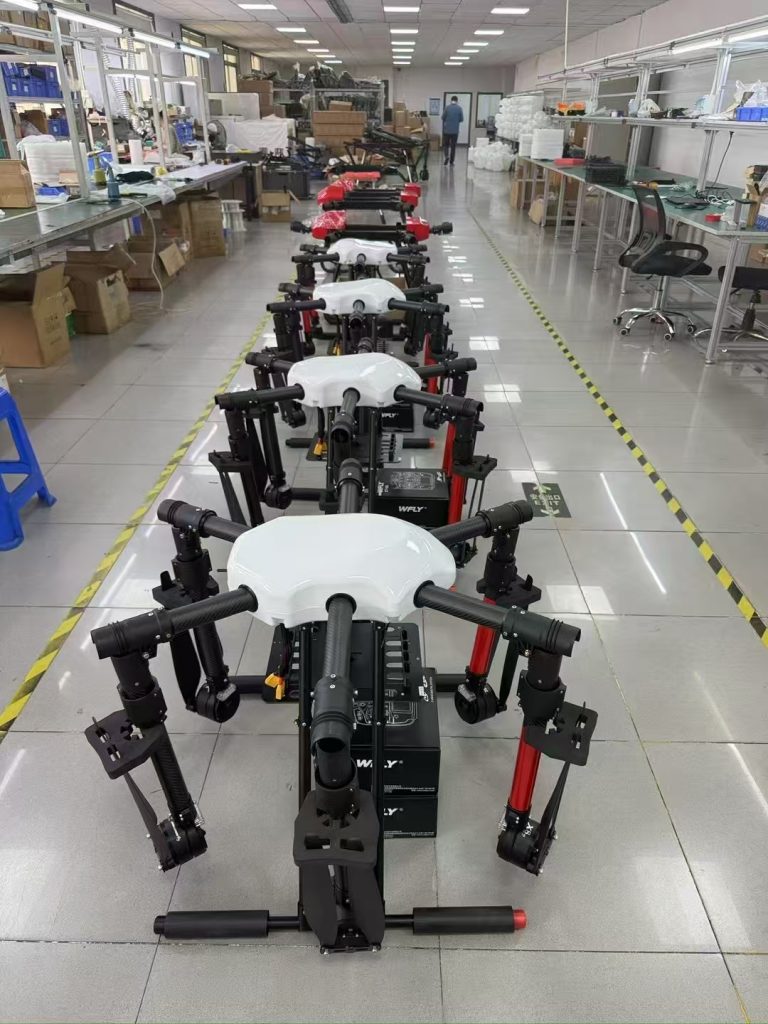
Wings Over the Rock: How Chinese Agri-Drones Are Tending Gibraltar’s Tiny but Tenacious Farms
Gibraltar, a sliver of land clinging to the southern tip of the Iberian Peninsula, is a study in contrasts. Its iconic Rock of Gibraltar looms over turquoise waters, while below, narrow streets wind past whitewashed houses and tiny farms. Though just 6.8 square kilometers in size, this British Overseas Territory punches above its weight in agricultural grit. Here, farmers tend olive groves that have stood for centuries, vineyards that yield robust reds, and pastures where Gibraltarian goats—renowned for their rich milk—graze on sun-scorched hills. Yet beneath this postcard charm, challenges fester. An aging farmer base (most over 60), a shrinking workforce as young Gibraltarians move to the UK or Spain, and a relentless Mediterranean climate—scorching summers, erratic rains, and invasive pests—threaten the survival of these intimate, family-run operations. It’s here, amid the sea breeze and the hum of bees, that an unlikely helper has taken flight: agricultural drones imported from China, now gliding over Gibraltar’s rocky fields to prove that even the smallest corners of the world can thrive with the right tools.
Gibraltar’s Farms: Small Plots, Big Heartaches
Gibraltarian agriculture is defined by intimacy. Most farms are family legacies, tucked into valleys or clinging to the Rock’s lower slopes—no larger than 2–3 hectares. “My family has farmed this olive grove since 1890,” says Juan, a 67-year-old farmer in Catalan Bay. “Today, it’s just me and my granddaughter, Lara. Hand-spraying pesticides on 1 hectare takes two days—by then, the heat’s fried half the olives. And last year’s drought? Wilted 30% of my vines. I need to work smarter, not just harder.”
Climate change has sharpened these strains. Summers now bring 40°C heatwaves that bake soil, while winter rains are unpredictable—too little to quench thirsty vines, too much to flood terraced olive rows. Meanwhile, invasive species like the olive fruit fly threaten crops, and EU sustainability rules demand sharper cuts in pesticide use. “Young people don’t want this life,” adds Carmen, who runs a small goat farm in the Upper Town. “They see tractors and drones online and ask, ‘Why stay?’ We need to show them farming can be modern and meaningful.”
Drones Built for Gibraltar’s Rock and Resilience
When we first explored exporting to Gibraltar, we didn’t just send generic drones. We studied the Rock: its steep, rocky terrain, narrow stone paths, and the way farmers navigate by foot or mule to reach remote plots. What emerged was a design tailored not just to Gibraltar, but to its spirit of fortaleza (strength)—compact, rugged, and unyielding.
Lightweight and unflappable: Weighing just 9 kilograms, our drones fold into waterproof cases, easy to carry up Catalan Bay’s winding stairs or across the Rock’s rocky outcrops. Their corrosion-resistant frames withstand salt spray from the Mediterranean and dust kicked up by summer winds—critical in a place where farms hug the coast. “In the past, my old sprayer rusted in six months,” Juan says. “This drone? It’s still flying strong after two seasons of sea breezes and scorching sun.”
Precision for micro-plots: Multispectral sensors map crop health at the leaf level, flagging early signs of drought stress or pest damage. For Carmen’s goat farm, this meant identifying overgrazed patches before they degraded. “The drone shows me where the grass is thin,” she explains. “I move the flock, and the land recovers. No more mud pits or lost goats.”
Simple to learn, proud to master: Many Gibraltarian farmers are tech-savvy but value tradition. We designed a Spanish-language app with one-touch “health scan” modes and paired it with workshops led by local agronomists in community centers, over pan con tomate (tomato bread) and tinto de verano (summer red wine). “I thought drones were for cities,” admits Lara, Juan’s granddaughter, now a farm assistant. “But after the training? I flew one myself. It’s like using a high-end camera—intuitive, and it makes me feel like I’m carrying on our legacy with the future.”
More Than Machines: Building Trust in the Shadow of the Rock
In Gibraltar, trust is earned over calentita (chickpea stew) and stories of the Great Siege. We didn’t just ship drones; we set up a parts depot in Gibraltar City and partnered with the Gibraltar Farmers’ Association to host “drone meetups” where farmers traded tips and showcased small wins. “Gibraltarians are stubborn,” says Manuel, the association’s head. “They need to see results, not sales pitches. But once they do? They become our best ambassadors.”
That trust deepened when we adapted to their reality. During last summer’s record heat, we sent insulated battery cases free of charge. When Juan struggled with tall olive trees blocking spray paths, our engineers tweaked the drone’s flight height—no extra cost. “You didn’t just sell us a tool,” Carmen says. “You stayed when the sun burned. That’s family.”
Today, drones are weaving themselves into Gibraltar’s farming soul:
-
Olive Groves (Catalan Bay): Juan now monitors his crop weekly, cutting chemical use by 40% and reducing runoff into the Mediterranean. “My yields are stable, but my conscience is lighter. Lara’s even started a blog about our ‘drone-tended’ olives—young people are noticing.”
-
Vineyards (Upper Town): Lara’s family uses drones to map vineyard health, optimizing irrigation. “Better grapes mean better wine. Last year, our Tempranillo won a local award—and the judge asked about the drone.”
-
Goat Farms (Rock Slopes): Carmen uses drones to track flock movement, spotting lost goats hours faster than hiking. “No more spending evenings searching the hills. The drone is my new shepherd’s hook.”
A Future Where Tech Honors Tradition
What began as a business deal has become a partnership. Gibraltarian farmers teach us about their land: how drones handle the Rock’s strong coastal winds, which crops (like wild thyme) need gentler spray settings, even which Gibraltarian phrases make training stick (“¡Vuela, dron!”—“Fly, drone!”—is now a workshop joke). In return, we’re refining our drones: larger tanks for Catalan Bay’s bigger olive groves, quieter motors to avoid spooking goats, even solar panels to extend flight time in the hot summer sun.
As Gibraltar aims to boost local food production by 25% by 2030, drones offer more than efficiency—they offer hope. They let young farmers like Lara see a future tending land, not just chasing city jobs. They let elders like Juan pass down knowledge without burning out. And they let this tiny territory prove that even in a world of mega-farms, small plots can thrive with the right tools.
So when you next see a drone gliding over Gibraltar’s olive groves or goat pastures, know this: it’s not just flying. It’s carrying the dreams of a community, the lessons of a factory halfway across the world, and the quiet belief that tradition and innovation can grow—side by side, rock by rock.
After all, the best technology doesn’t replace the past. It helps it take root—and soar.
THE END

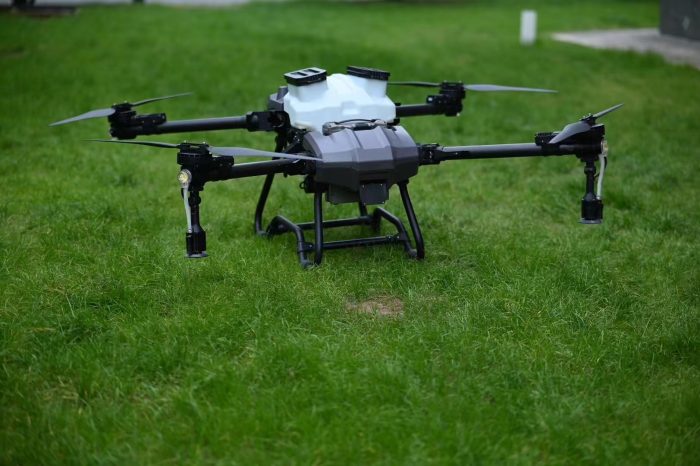
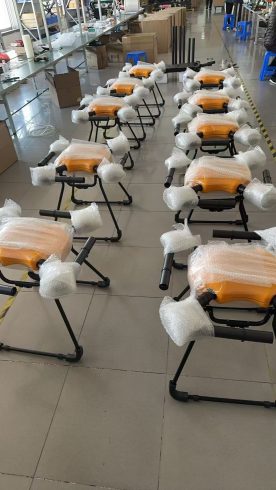
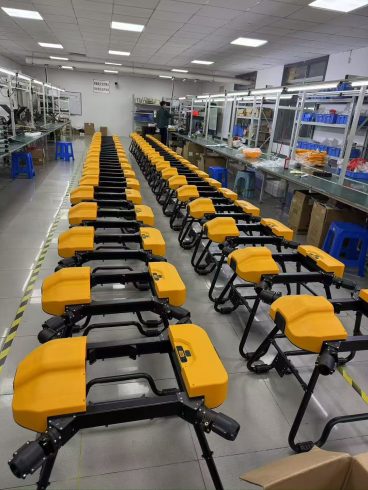


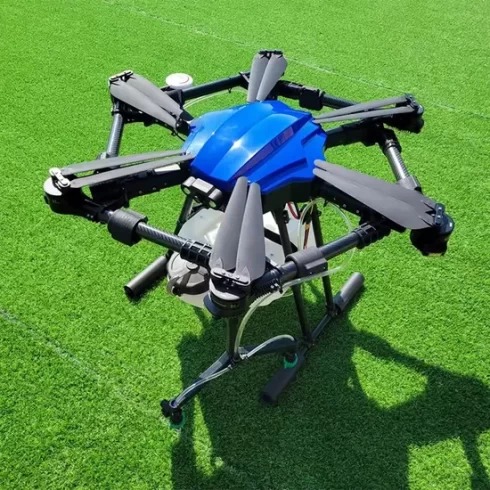

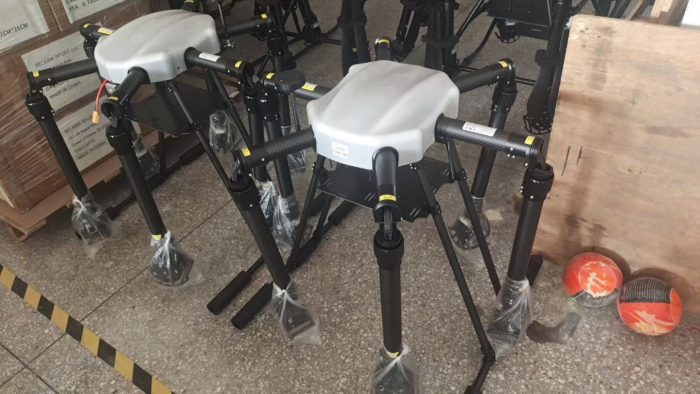

暂无评论内容